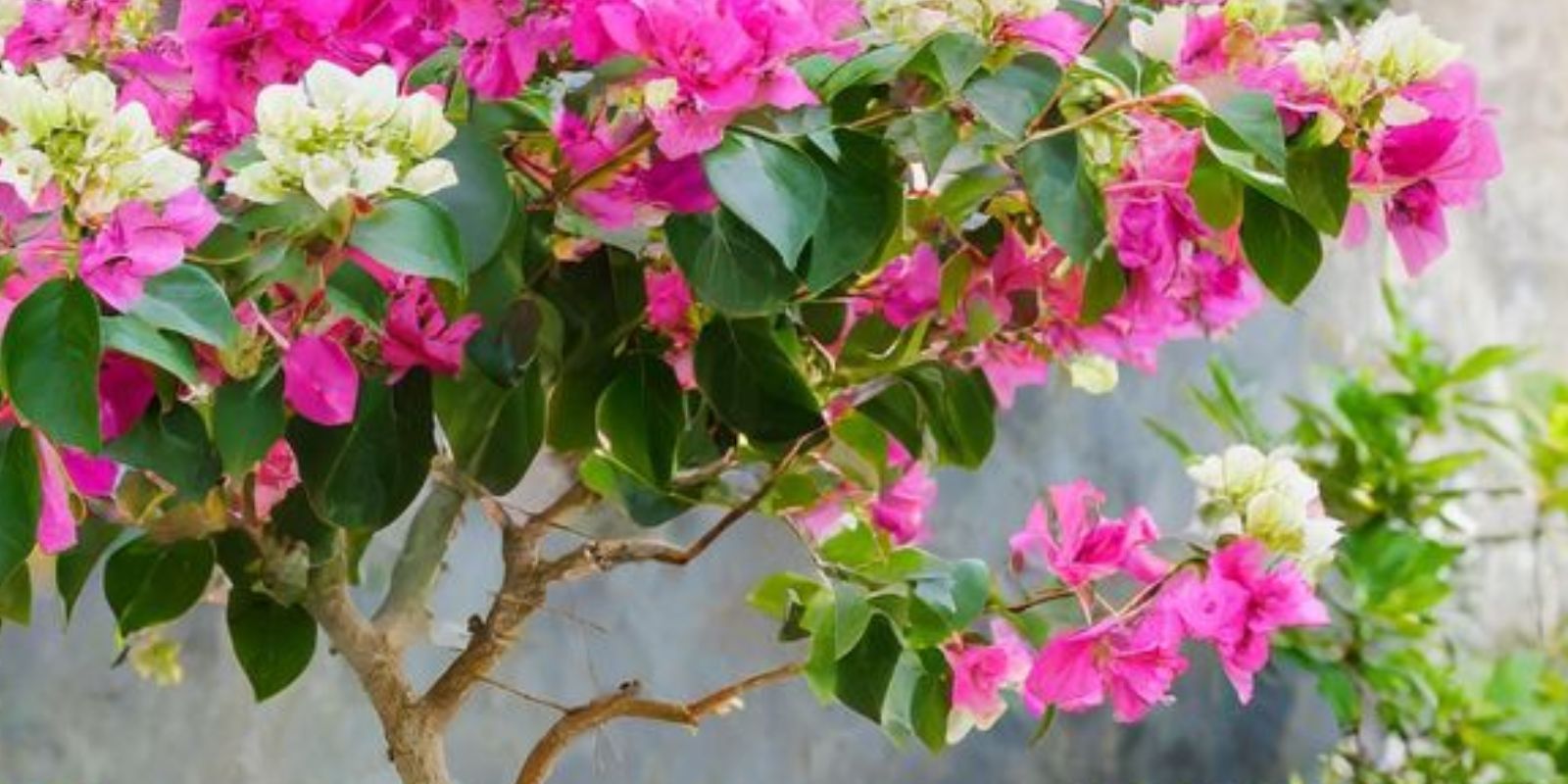Introduction
Bougainvilleas are renowned for their stunning, papery bracts that come in vibrant shades of pink, red, purple, orange, and white, adding a splash of tropical color to any garden or outdoor space. Growing bougainvilleas in containers not only allows gardeners to enjoy these beautiful plants in areas with limited garden space but also provides the flexibility to move them around for optimal sunlight and display. This comprehensive guide will walk you through everything you need to know about successfully cultivating bougainvilleas in pots, ensuring they bloom profusely and bring joy throughout the growing season.
Understanding Bougainvilleas
Bougainvilleas (genus Bougainvillea) are vigorous climbers or sprawling shrubs native to South America, particularly Brazil, Peru, and Argentina. They belong to the Nyctaginaceae family and are prized for their ornamental value, drought tolerance, and ability to thrive in warm climates. While traditionally grown against walls or fences in tropical and subtropical regions, bougainvilleas can also thrive in containers, provided they receive adequate care and attention.
Step-by-Step Guide to Cultivating Bougainvilleas in Containers
- Choosing the Right Container:
- Size and Material: Select a large container (at least 18-24 inches in diameter) with drainage holes to prevent waterlogging. Plastic, ceramic, or terracotta pots are suitable choices, depending on your climate and aesthetic preferences.
- Location: Place the container in a spot that receives full sun for at least 6 hours daily. Bougainvilleas require ample sunlight to bloom profusely and maintain healthy growth.
- Optimal Soil Mix:
- Composition: Use a well-draining potting mix designed for container plants, or create your own mix by combining equal parts of peat moss, perlite, and compost. This ensures good drainage while providing essential nutrients for healthy growth.
- pH Level: Aim for a slightly acidic to neutral pH (around 6.0-7.0), as bougainvilleas prefer slightly acidic soil conditions for optimal nutrient uptake.
- Planting Bougainvilleas:
- Preparing the Plant: Before planting, gently loosen the roots of the bougainvillea if they are root-bound. Position the plant in the center of the container, ensuring the root ball sits slightly above the soil level to promote air circulation around the roots.
- Backfilling: Fill the remaining space around the root ball with potting mix, firming it gently to secure the plant in place. Water thoroughly after planting to settle the soil and hydrate the roots.
- Sunlight Requirements:
- Sun Exposure: Bougainvilleas thrive in full sun conditions, so place the container where the plant can receive direct sunlight for at least 6-8 hours daily. Insufficient sunlight may result in reduced flowering and leggy growth.
- Watering Routine:
- Watering Needs: Water bougainvilleas deeply but infrequently to mimic their natural drought-tolerant habitat. Allow the top inch of soil to dry out between waterings, then water thoroughly until water drains from the bottom of the pot.
- Avoid Waterlogging: Ensure the container has adequate drainage to prevent waterlogging, which can lead to root rot and other fungal diseases.
- Fertilizing and Nutrient Requirements:
- Feeding Schedule: Fertilize bougainvilleas monthly during the growing season (spring to early fall) with a balanced, water-soluble fertilizer or a fertilizer specifically formulated for flowering plants.
- Nutrient Balance: Avoid excessive nitrogen, which can promote lush foliage at the expense of blooms. Phosphorus-rich fertilizers (such as 10-30-10) encourage flowering and overall plant health.
- Pruning and Maintenance:
- Pruning Techniques: Prune bougainvilleas after each flowering cycle to promote new growth and maintain a compact shape. Use sharp, clean pruning shears to remove spent flowers and prune back overgrown or leggy stems.
- Deadheading: Remove faded or spent bracts regularly to encourage continuous flowering throughout the growing season.
Enjoying Constant Blooms
Bougainvilleas are prolific bloomers that reward gardeners with vibrant displays of color throughout the warm months. With proper care and attention to their growing requirements, you can enjoy a continuous show of papery bracts that brighten your garden and outdoor living spaces.
Overwintering and Protection
In cooler climates or during winter months, bougainvilleas can be overwintered indoors or in a protected location. Reduce watering and withhold fertilization during dormancy to conserve plant energy until spring, when growth resumes.
Conclusion
Cultivating bougainvilleas in containers allows you to enjoy their tropical beauty and vibrant blooms even in limited garden spaces. By following these comprehensive guidelines, you can successfully grow bougainvilleas in pots and enhance your outdoor areas with their stunning colors and lush foliage. Whether you’re a novice gardener or an experienced enthusiast, growing bougainvilleas in containers offers a rewarding gardening experience that brings beauty and joy season after season.
Start your journey of cultivating bougainvilleas in containers today and create a vibrant oasis of color and charm in your garden!
This article provides detailed instructions for cultivating bougainvilleas in containers, ensuring successful growth and continuous blooms.

